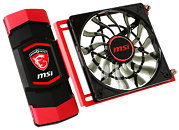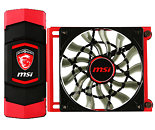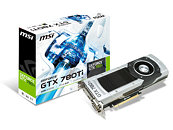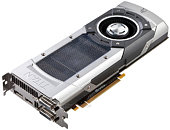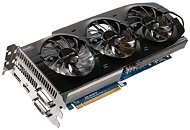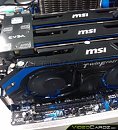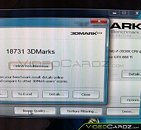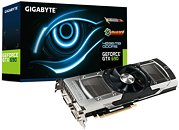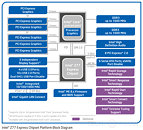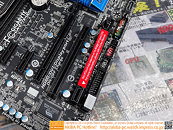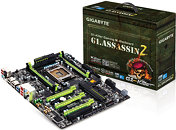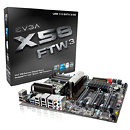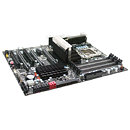
MSI Launches 3-way and 4-way SLI Bridge Kits
MSI launched what could be the first custom NVIDIA SLI bridge cables that do more than look fancy - help ventilate your tightly stacked up graphics cards. The company announced a pair of new 3-way and 4-way SLI bridge kits, which combine a hardened bridge PCB shroud with a 120 mm fan mount. A silent 120 mm spinner is bundled, which is oriented to push air into the gaps between your graphics cards, but one that you can orient to pull air, too. The bridge shroud is styled along MSI Gaming red+black design language, and under it is a hard fiberglass PCB, with reinforced bridge connector slots. Thumb-screws and washers hold the fan mount in place between your graphics cards. MSI didn't reveal pricing.
